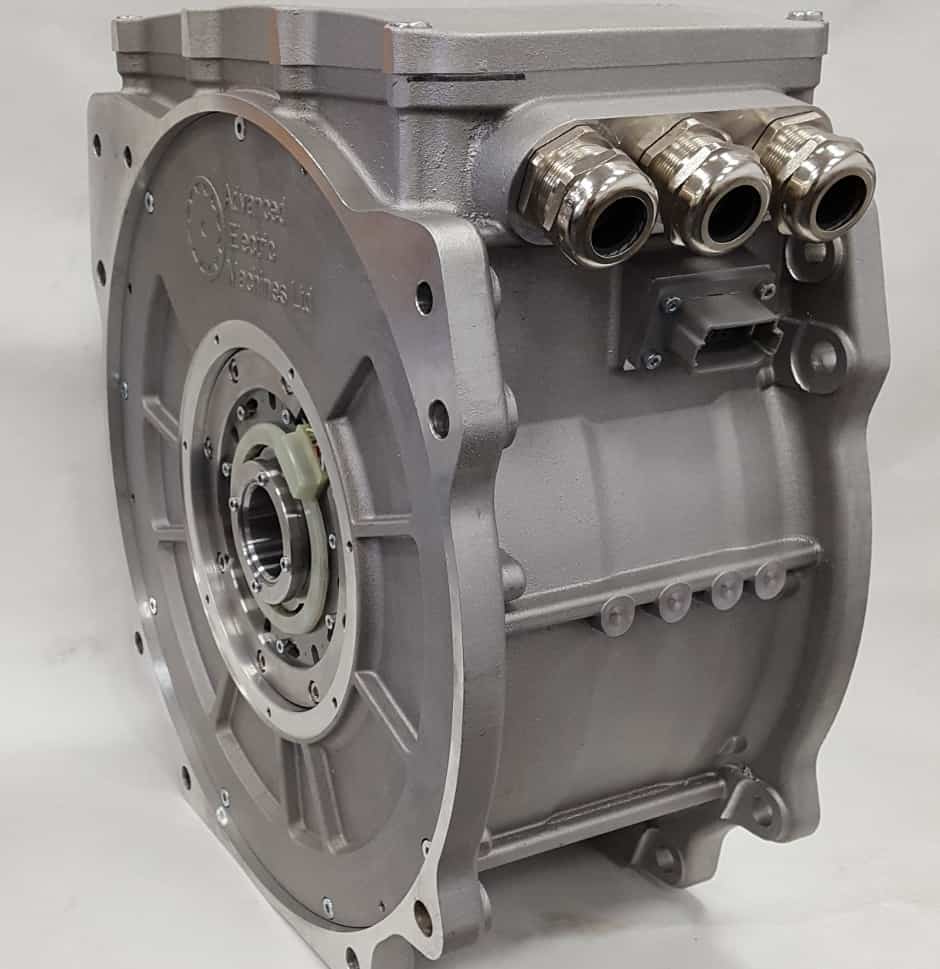
Advanced Electric Machines (AEM), a spin-out from Newcastle University, has developed the HDSRM (High-Density Switched Reluctance Machine), which it claims is the most sustainable motor in the world.
The motor technology, which the company is presenting this week at the JSAE Spring Congress in Japan with support from the UK’s Advanced Propulsion Centre, is designed for use in hybrid, range-extended and electric commercial vehicles.
Conventional traction motors used in the automotive industry are based on the use of rare earth magnets, according to Dr James Widmer, CEO of AEM. But these are expensive and need to be removed before the motor can be recycled, in order to recover some of their cost, while there are also concerns about the availability of supply, said Widmer.
“If you are starting to consider electric vehicles being manufactured in larger and larger volumes, it makes a great deal of sense to try to eliminate these materials altogether,” he said.
There are also technical drawbacks to the use of rare earth magnets in motors. When their temperature reaches over around 150oC, for example, they can de-magnetise, said Widmer.
“So in a hybrid vehicle, when you want to cool the motor with the same coolant that is being used for the internal combustion engine, and the temperature of that coolant is over 100 oC, it gets very difficult to make the magnet work robustly and reliably,” he said.
By eliminating rare earth magnets, the new motor can be very closely integrated with the internal combustion engine, including sharing the coolant. This simplifies the vehicle’s powertrain.
The technology is based on a switched reluctance motor, a type of motor in which power is delivered to windings in the stator rather than the rotor, but unlike existing designs the new device has a different drive configuration.
Unlike a conventional switch reluctance motor, for example, which needs specialist electronic equipment to allow it to operate, the new design uses an off-the-shelf inverter, making it cheaper to produce.
The company has also developed a more advanced motor that incorporates technology to allow the copper in the windings to be replaced with aluminium with no loss in performance, according to Mike Woodcock, strategy director at AEM.
This reduces the weight and cost of the system, and also means it can be recycled more easily. Copper is a contaminant in the steel recycling process, meaning it must be removed before the motor can be melted down.










Breaking the 15MW Barrier with Next-Gen Wind Turbines
Hi Martin, a wind turbine blade functions very much like an airplane wing in a climb. Obviously in one case the air is moving and the other the air is...